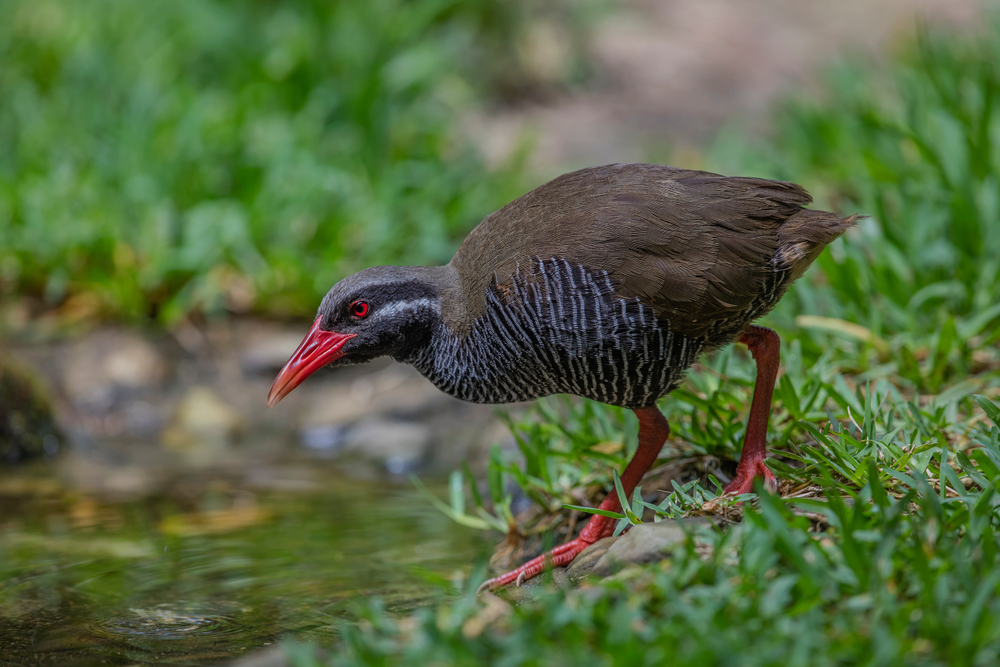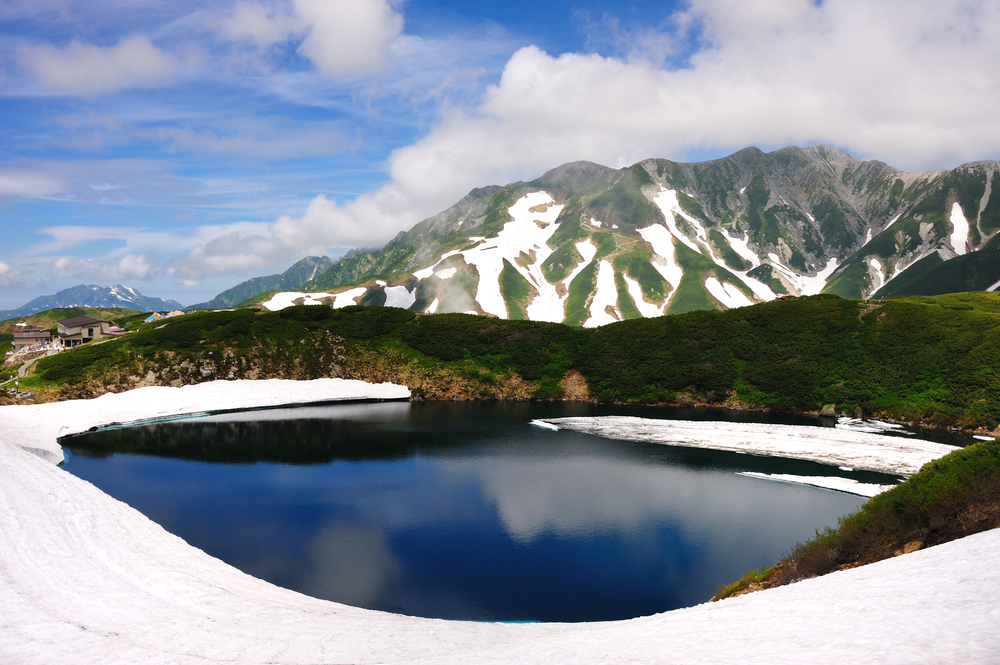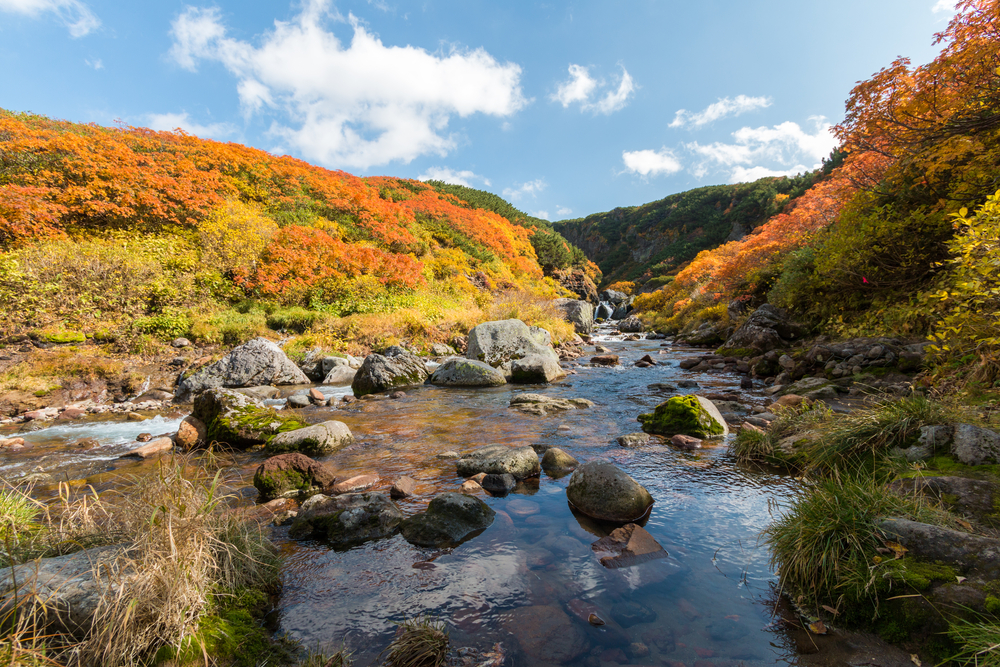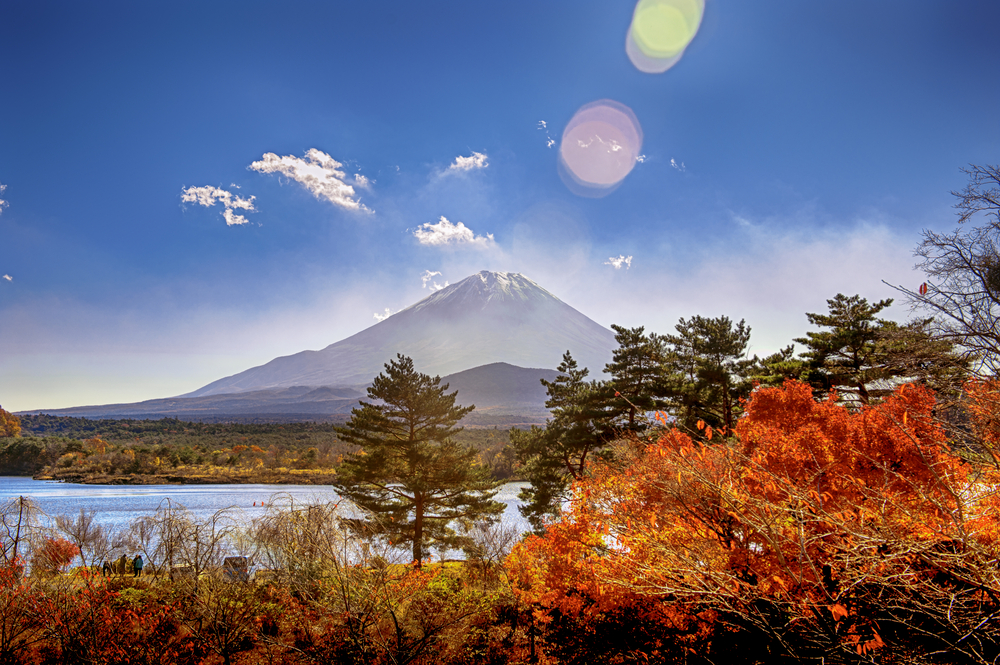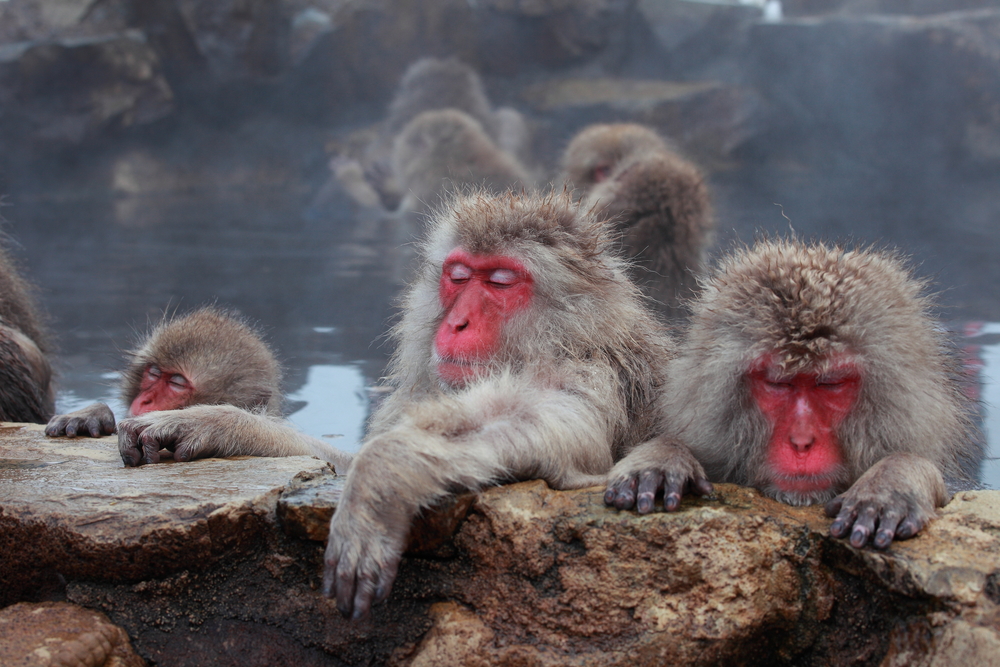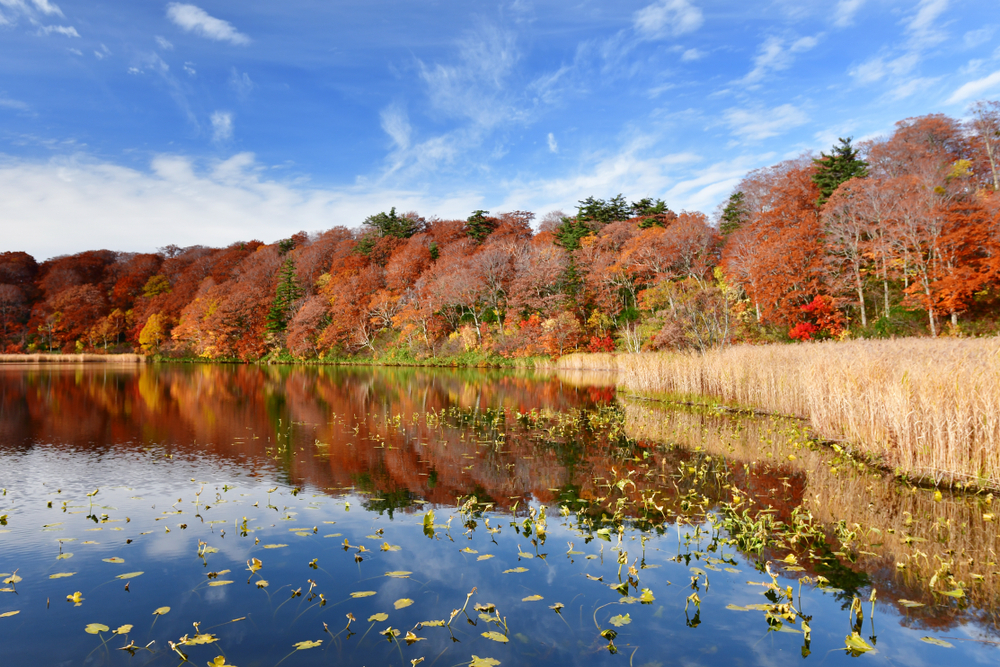Amami Gunto Overview
Amami Gunto National Park, known locally as 奄美群島国立公園 (Amami Guntō Kokuritsu Kōen), is a breathtaking natural preserve located in Japan’s subtropical Ryukyu Islands, specifically across the Amami Islands in Kagoshima Prefecture. Covering an expanse of approximately 284 square miles (735 square kilometers), this national park is a haven of rich biodiversity, lush landscapes, and pristine marine environments. It was designated as a national park in 2017 and is part of the UNESCO World Natural Heritage list due to its outstanding ecological significance.
The park’s terrain is an exquisite tapestry of mountains, dense forests, mangroves, and coral reefs. Key features include Mount Yuwandake, the highest peak on Amami Oshima, offering stunning panoramic views of the island. The coastline is dotted with dramatic cliffs, secluded coves, and vibrant beaches such as Kurasaki Beach, known for its crystal-clear waters and excellent snorkeling opportunities.
Dense subtropical rainforests, primarily composed of evergreen broadleaf trees such as chinquapin and banyan, cover much of the terrain, offering a unique ecosystem that supports an incredible diversity of life. The mangrove forests, particularly those around the Sumiyo River, are some of the largest in Japan, creating a thriving habitat for aquatic and terrestrial species.
Wildlife is one of Amami Gunto National Park’s greatest treasures. The park is home to the endangered Amami rabbit, a nocturnal species endemic to the region, as well as the Ryukyu black-breasted leaf turtle and the Amami Ishikawa frog, which are also endemic and rare. Birdwatchers are captivated by species like the Okinawa rail and the Lidth’s jay, which are unique to these islands. The park’s coral reefs and marine environments teem with life, including sea turtles, vibrant tropical fish, and occasional sightings of humpback whales and dolphins.
Visitors often highlight the park’s unique cultural and natural attractions. Exploring the dense forests and hiking trails of Kinsakubaru Primeval Forest is a popular activity, offering a chance to encounter rare wildlife. The mangrove kayaking tours in the Sumiyo River provide a serene and immersive experience, while diving and snorkeling in the coral-rich waters are favorite ways to discover the vibrant underwater world. Historical and cultural sites, such as the sacred Kamuiyaki ruins on Amami Oshima, also enrich the visitor experience.
Amami Gunto National Park faces conservation challenges, including the control of invasive species like mongooses that threaten native wildlife. Climate change impacts, such as coral bleaching, are also significant concerns. However, the park has seen notable successes in its conservation efforts, including the reintroduction of endangered species and effective habitat protection measures. Collaboration between local communities and conservation authorities has been instrumental in preserving the park’s unique ecosystem.








































































